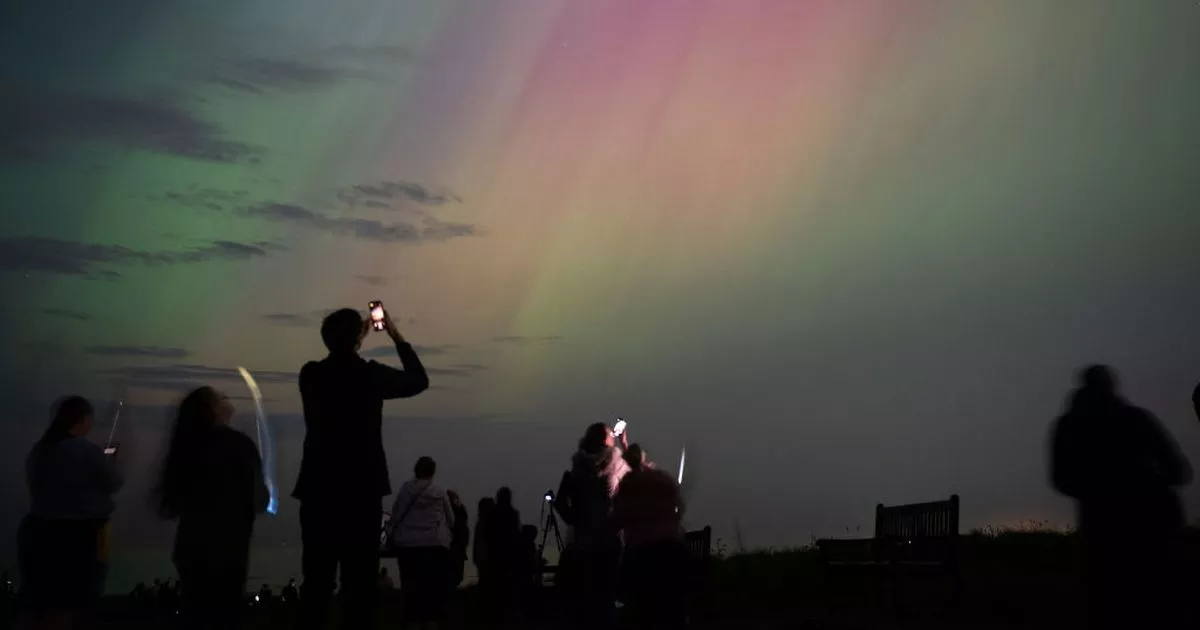Cat's nonchalant reaction to Northern Lights leaves everyone laughing – The Mirror
Many of us have spent the weekend evenings looking outside with our phones in hand, frantically searching for the Northern Lights. But not everyone’s bothered about them
A cat's hilarious reaction to the Northern Lights has left people in fits of laughter.
The aurora borealis were visible for much of the UK on Friday night – and some were even lucky enough to see the rare solar storm yesterday too. People were understandably excited and flooded social media with colourful pictures taken from their gardens.
But not everyone was bothered – including a bloke's indifferent cat. P. J., from Brighton, shared a photo of his unimpressed moggie sitting on a garden fence beneath the vibrant night sky.
Describing the scene on X, he said: "My cat just experienced the aurora borealis – one of the world's most radiant natural phenomena – and she doesn't care."
The amusing post quickly went viral, amassing more than 1.7 million views and a raft of entertaining comments. One responder chuckled: "That cat did not care."
Another quipped: "Cats are the only animals who don't give a damn about everything." And a third jokingly suggested: "She knows she's actually the world's most radiant natural phenomena."
If you missed seeing the Northern Lights in Britain this weekend, there's no need to fret. There are signs hinting another solar storm could be on the way.
Greenwich Observatory astronomer Greg Brown told The Mirror Brits could once again be in for a rare treat. But he did temper expectations by noting the extreme difficulty researchers have in predicting solar storms.
"Predicting the next solar storm to any accuracy is all but impossible," he said. However, there are signs of another storm approaching within the next few days, which might boost the aurorae again.
"Longer term we can use the Sun’s cycle of activity to predict general trends in solar storms. The Sun goes through a roughly 11-year cycle of changing activity. We are currently at solar maximum, when the Sun is at its most active and flares, sunspots and coronal mass ejections – the bursts that produce solar storms – are at their most common.
"While we remain at the Sun’s peak, the chance of a solar storm remains quite high, though G5 class storms, the type that produced Friday’s burst of aurorae, are very rare even at solar maximum."
Sign up to FREE email alerts with news to brighten your day



